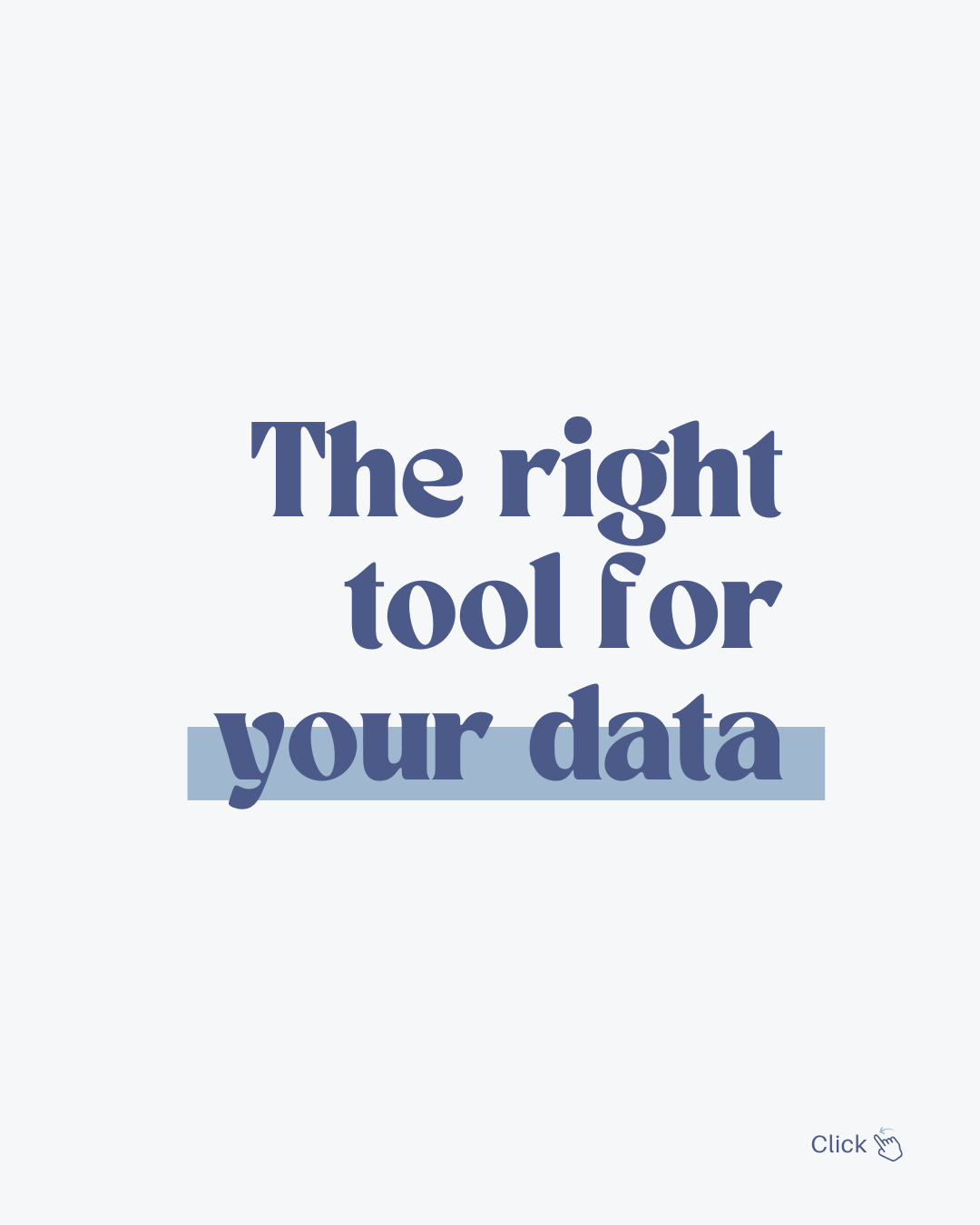Latest from our blog
Discover insights, updates, and helpful content.

Picking data tools isn’t a shopping trip; it’s an architecture decision. The right choice depends on how fast your data moves, who needs to act on it, and what must be true every time (security, lineage, uptime). In 2025, a modern stack looks like this: a data hub for durable truth (BigQuery/Snowflake/Postgres + dbt), an orchestration layer that reacts to events and closes loops (n8n/Make/Power Automate), real-time interfaces for humans (Power BI/Looker Studio + internal apps like Retool), and AI at decision points only—extract, classify, flag—never as a black box running the whole show.
This guide is a practical picker for builders who care about outcomes, not tool logos. You’ll get clear patterns for when to use a warehouse vs. a BI layer, when to add an internal app, when automation should write back to systems, and where AI actually adds leverage. We’ll cover reference stacks for claims, field-to-office ops, and RevOps; guardrails like idempotency and retries; and a 30-day rollout that proves value without bloat.
Bottom line: choose tools that make your data flow, your decisions visible, and your outcomes repeatable. Everything else is noise.
Need live updates?
Use webhooks/events → Orchestrator (n8n/Make/Power Automate) → write to Data Hub → show in BI.
Why: zero copy-paste, actions happen as soon as data lands.
Have complex joins or history questions?
Land raw data in Warehouse (BigQuery/Snowflake/Postgres) → model with dbt/SQL → BI on top.
Why: one durable truth; reports don’t break when teams change.
Humans must approve/adjust?
Build a small internal app (Retool/WeWeb) that writes decisions back to the hub and kicks off flows.
Why: decisions are captured where the data lives.
Lots of docs (invoices, claims, forms)?
Use document extraction at the edge → normalize to your schema → trigger the next step.
Why: unstructured in, structured out, then move.
Cross-tool handoffs (intake → assign → update → notify)?
Run it in the Orchestrator with timers, retries, and write-backs to source systems.
Why: no chasing, no “did anyone do it?” messages.
Idempotency on every write
Same event twice = one update, not duplicates. Use external IDs and upserts.
Retries with backoff + dead-letter queue
Transient errors happen. Retry automatically; quarantine the rest with context.
Run-health you can see
Log every step (who/what/when), track success %, median cycle time, retries, and failures. Alert on trends, not just single errors.
Human-in-the-loop at money/risk steps
Approvals need a UI, a timestamp, and an owner. No approvals in DMs.
Data contracts and schema tests
If a column changes, builds should fail loudly, not silently mis-report.
Least-privilege access + secrets management
Scoped tokens per flow, rotated regularly. No plaintext credentials—ever.
Versioning and rollback
Model changes and flow edits are pull-requested, reviewed, and revertible.
Single source of truth
Decide where the record “lives” (app vs. warehouse). Mirrors are fine; masters are singular.
Automating a bad process as-is
Symptom: You digitized the chaos; it just runs faster.
Fix: Cut steps first. Map trigger → decisions → actions → feedback. Delete anything that doesn’t move the outcome.
No single owner
Symptom: Stuck items with “who’s on this?” in Slack.
Fix: Assign an owner per flow and per step. If everything’s everyone’s job, nothing ships.
Tool-first, not workflow-first
Symptom: New app, same bottlenecks.
Fix: Define the flow, then pick the minimum stack to execute it. Tools serve the workflow, not the other way around.
No guardrails (logs, retries, escalations)
Symptom: Silent failures, duplicate records, finger-pointing.
Fix: Add idempotency (upserts with external IDs), retries with backoff, a dead-letter queue, and human escalation at time limits.
Too clever on day one
Symptom: A “perfect” build nobody uses.
Fix: Ship a thin slice: trigger → one decision → one action → log. Prove value in a week, then extend.
Mixing “truth” across systems
Symptom: Reports don’t match; no one trusts the numbers.
Fix: Pick a single source of truth per record type (where it lives). Everything else mirrors it.
Hiding decisions in DMs
Symptom: Approvals can’t be audited; work stalls when people are off.
Fix: Capture approvals in the system with timestamp, actor, and context. No approvals in chat.
No change control
Symptom: A tweak “breaks everything” on Friday.
Fix: Version flows, review changes, and keep a rollback. Small, reversible deploys.
Ignoring the humans
Symptom: People bypass the system because it’s annoying.
Fix: Design for the path of least resistance—short forms, sensible defaults, clear status, and notifications that matter.
Trying to automate judgment
Symptom: Edge cases explode; trust collapses.
Fix: Let automation move the work. Add human checks where risk or money is involved. Use AI only to classify/extract/flag—not to decide everything. If more than two of these hit home, start with a Workflow Audit. We’ll surface the leaks, rank fixes by ROI, and give you a 90-day plan that doesn’t need a new tool binge.
Tools don’t make you modern—architecture does. If your data lands in one place, your workflows react to events, decisions are captured where the work happens, and results write back to source systems, you’re operating like it’s 2025. If not, you’re just moving the same problems into newer apps.
The play is simple:
Pick a single source of truth.
Orchestrate event-driven flows with guardrails (idempotency, retries, logs).
Put humans in the loop only at real decision points.
Add AI to extract/classify/flag—never to hide decisions.
Measure run health and cycle time, not vibes.
Do this and your stack gets faster, clearer, and cheaper to run. Skip it and you’ll keep buying tools that don’t talk.
Next step: If you want the shortest path to value, start with a Workflow Audit. We’ll map your flows, pick the right tools for your reality, and hand you a 90-day plan that pays back.
Discover insights, updates, and helpful content.